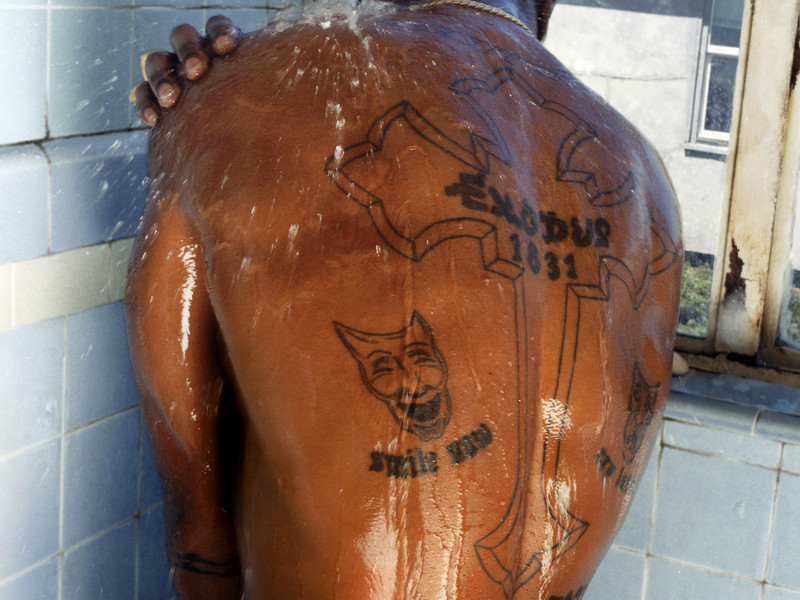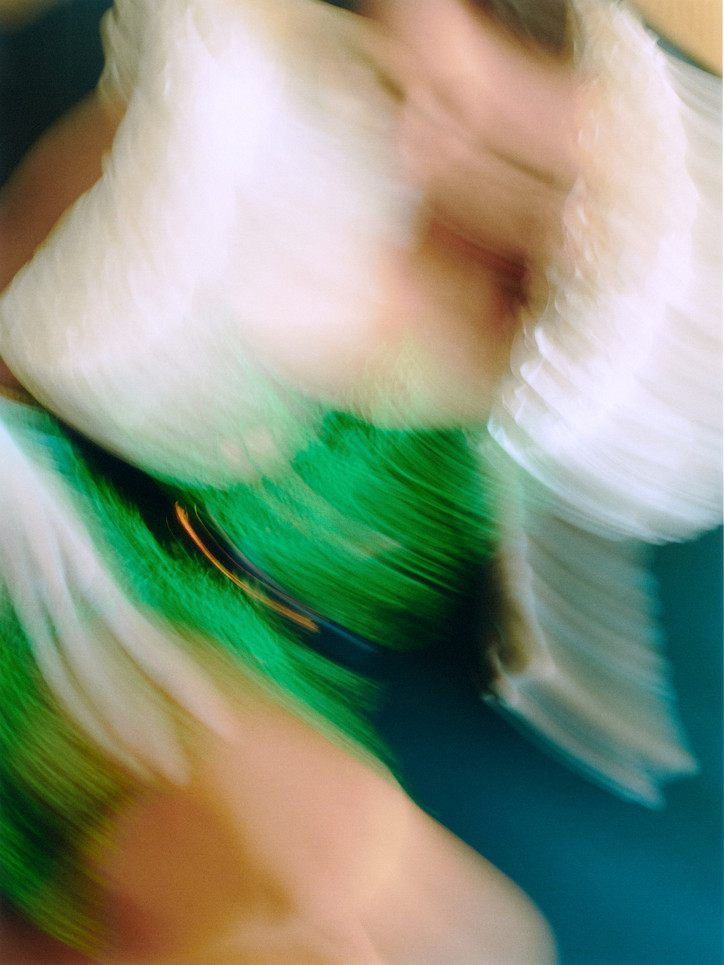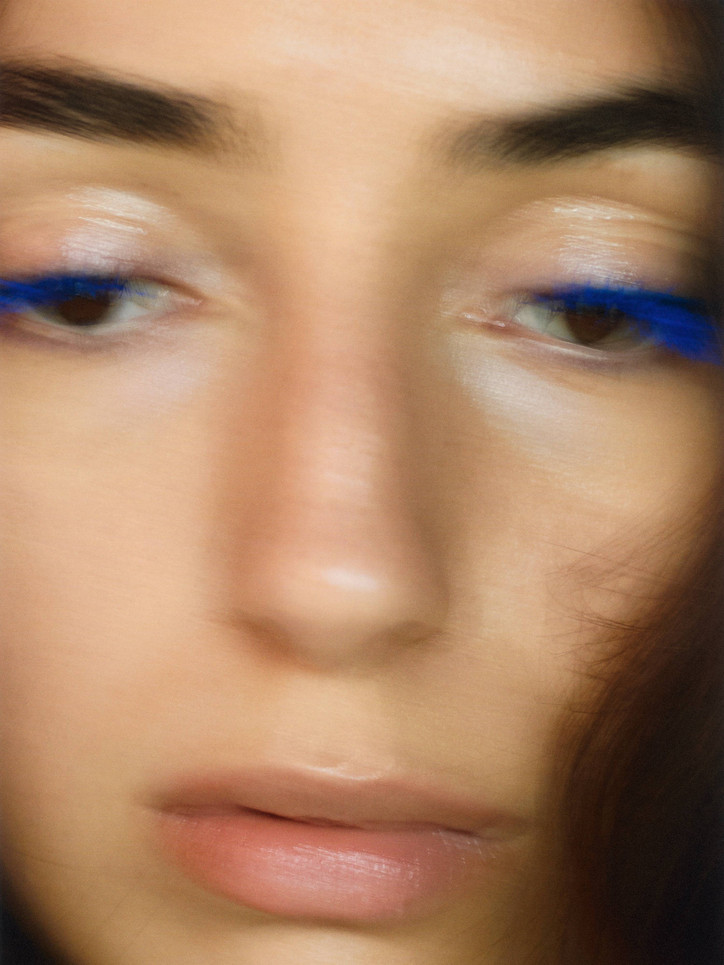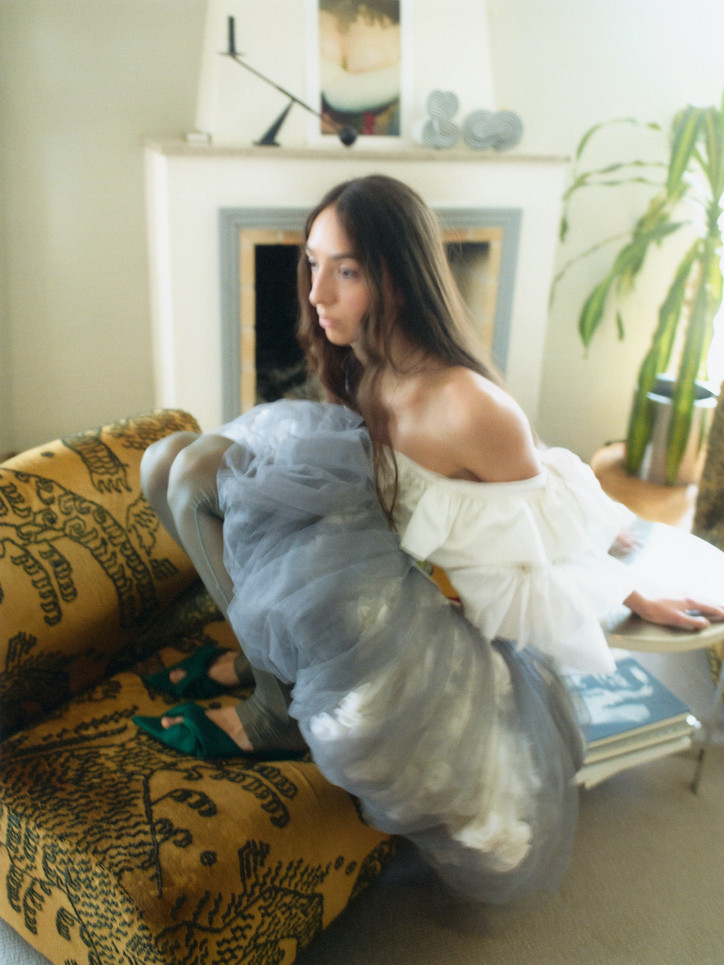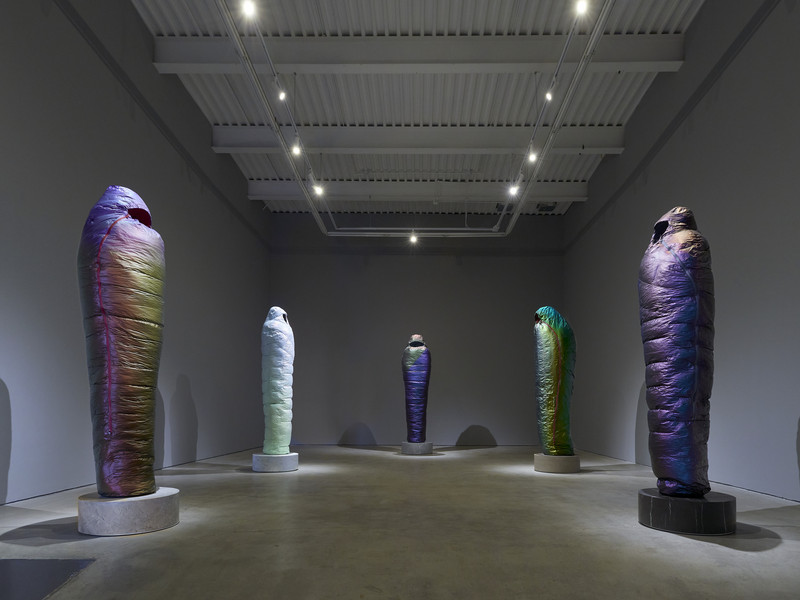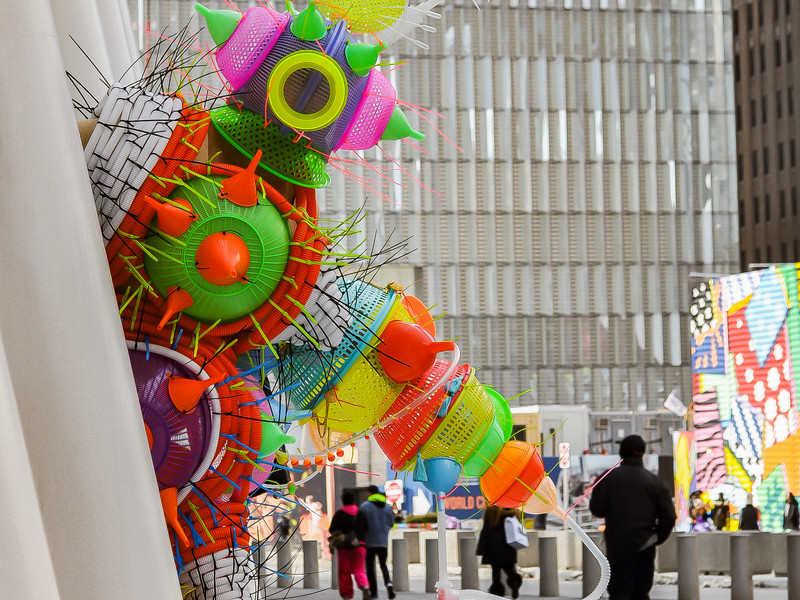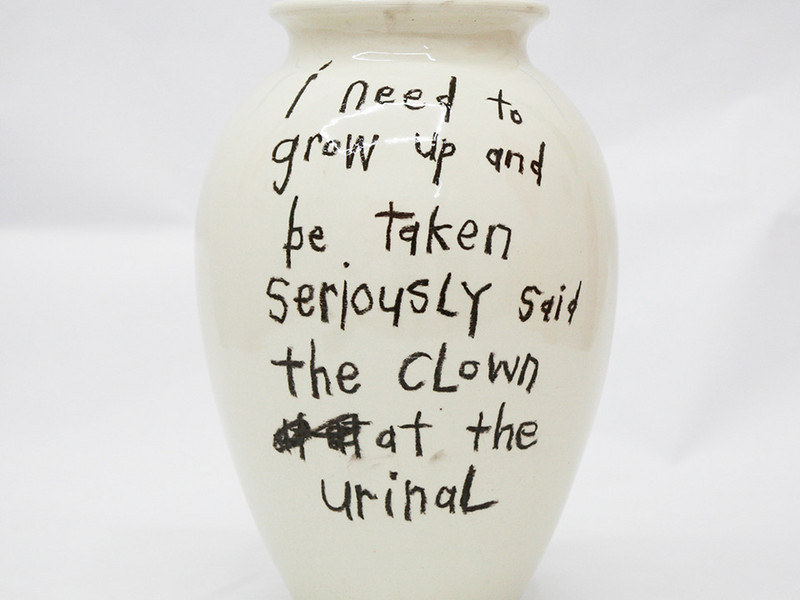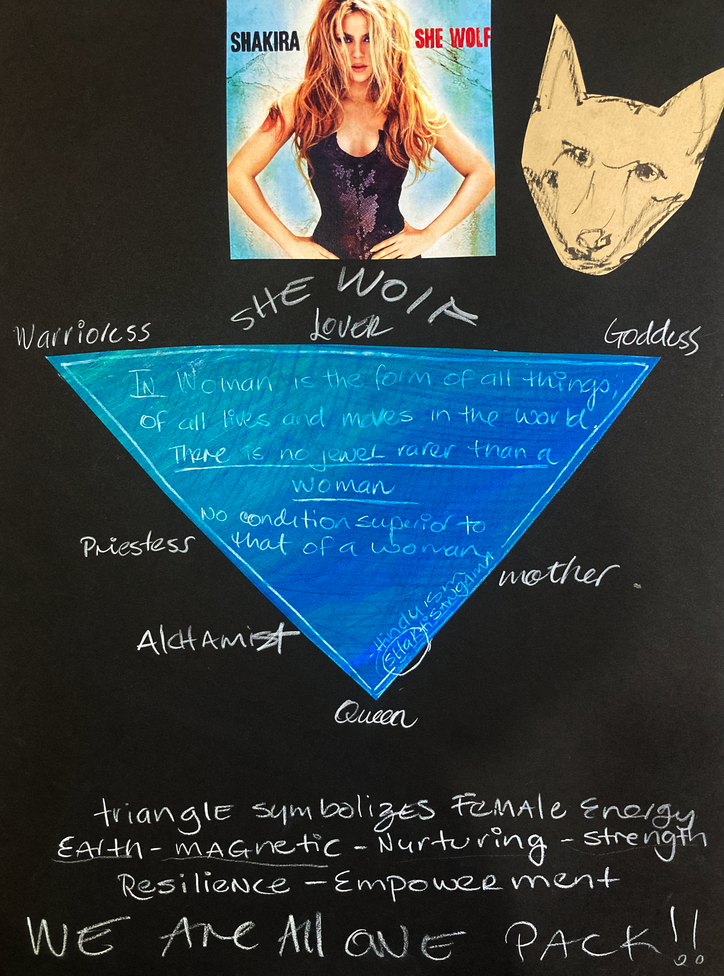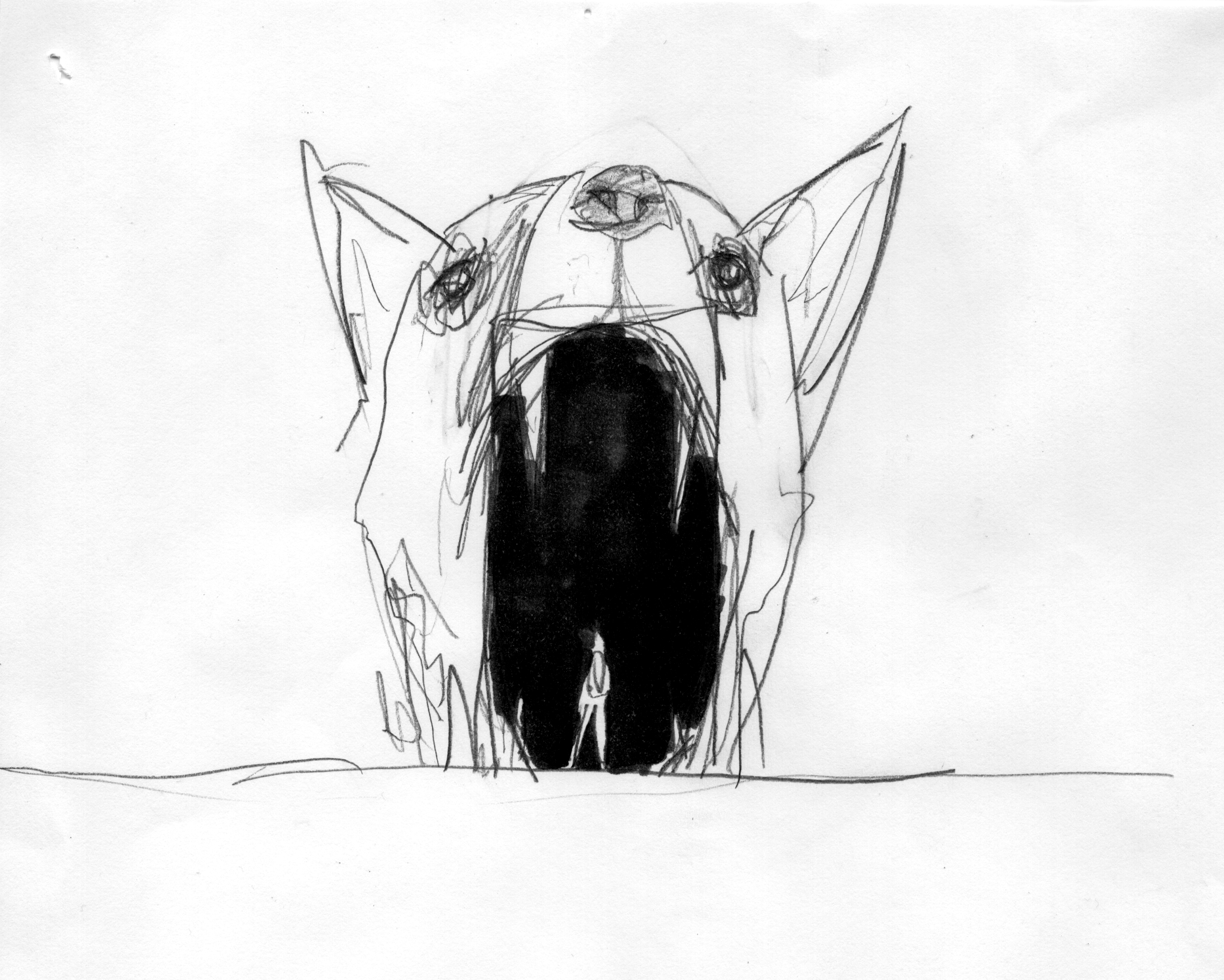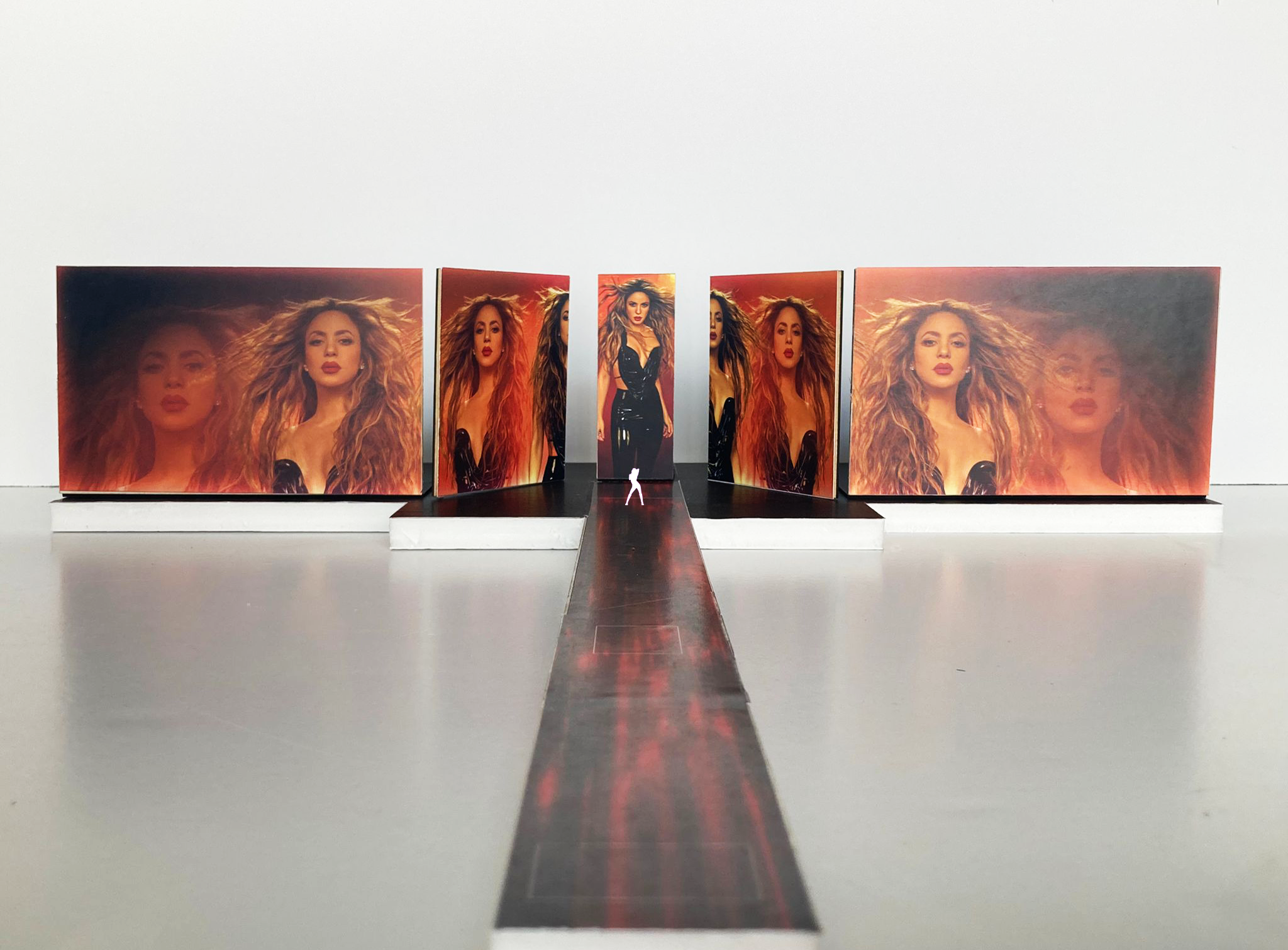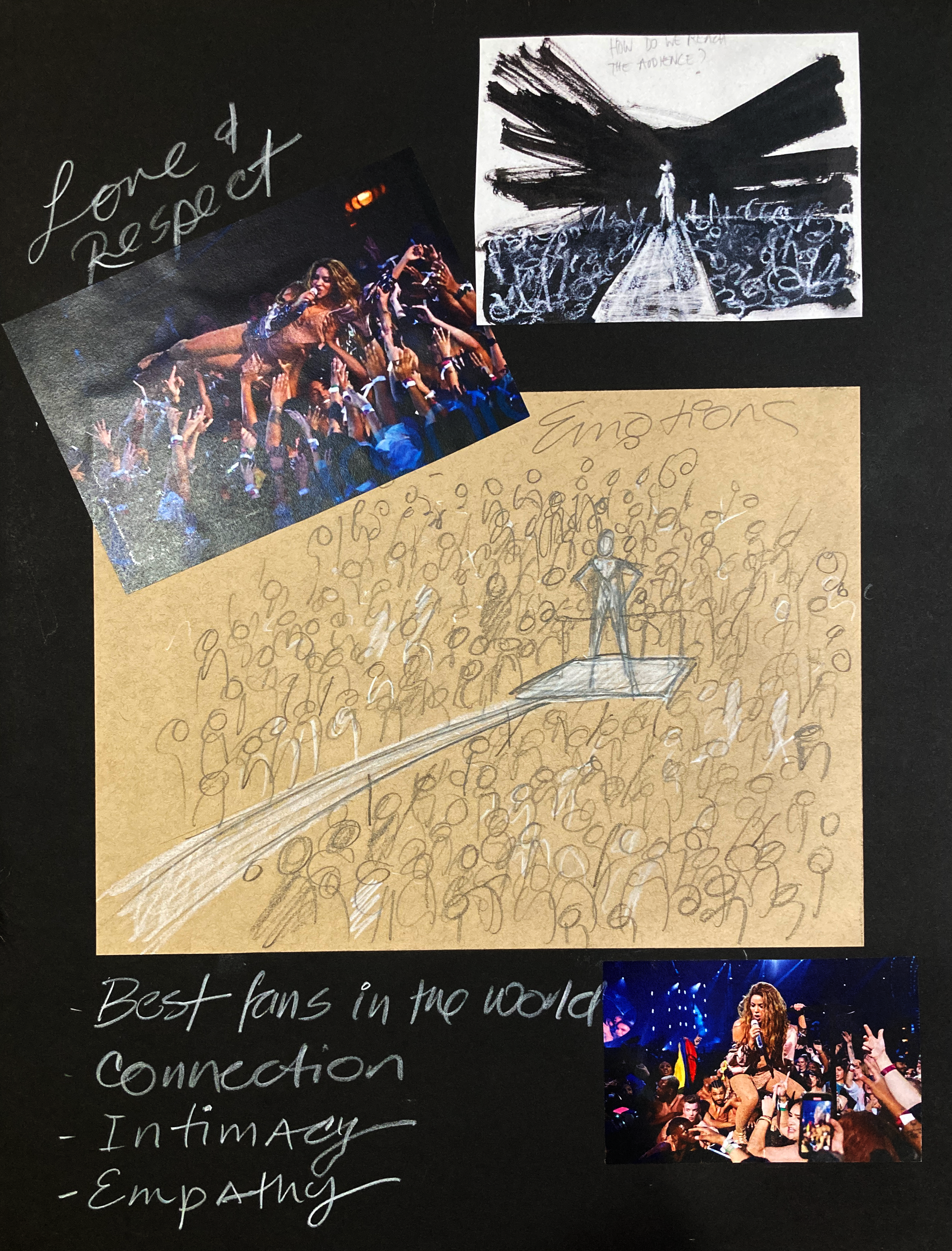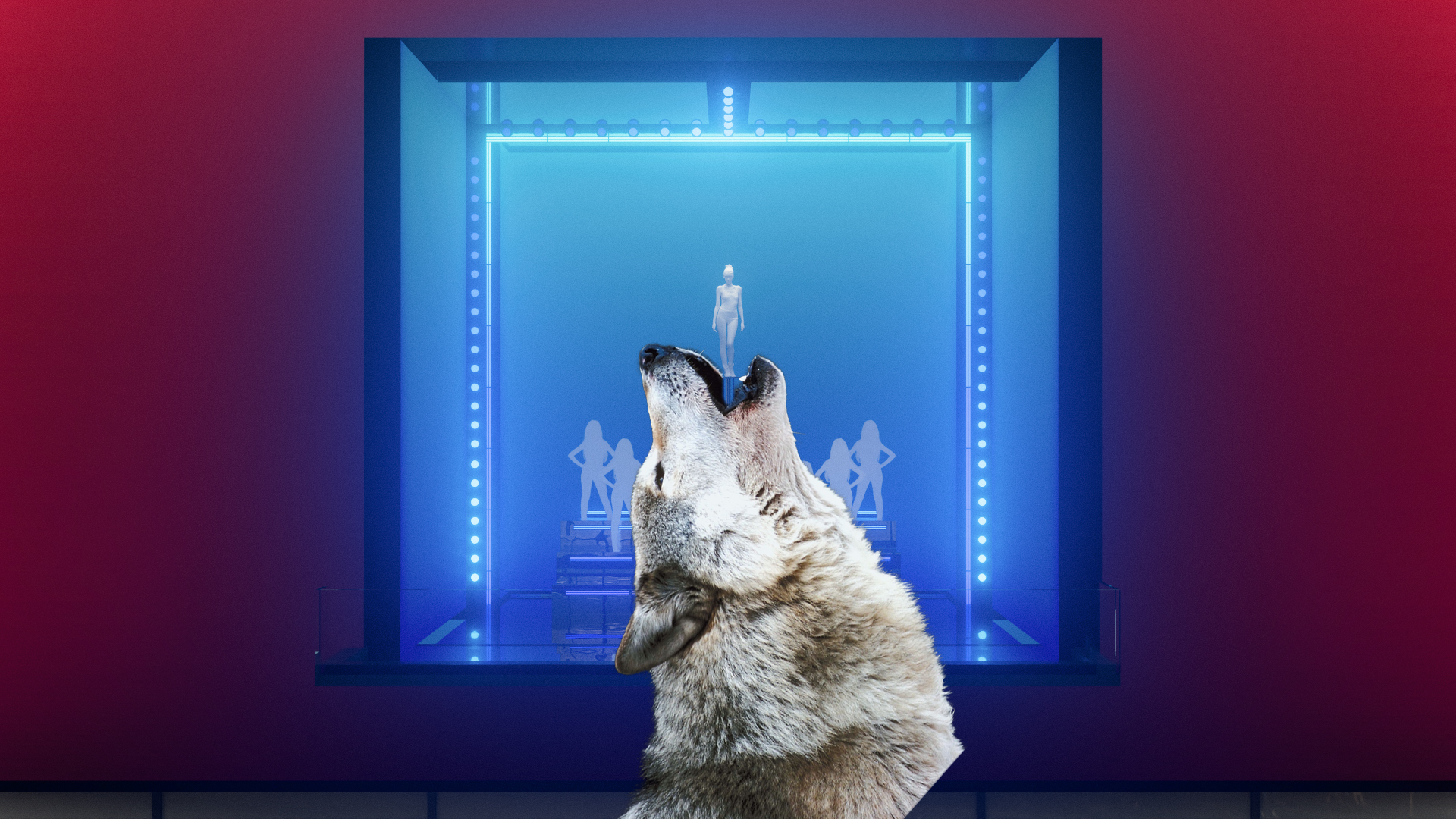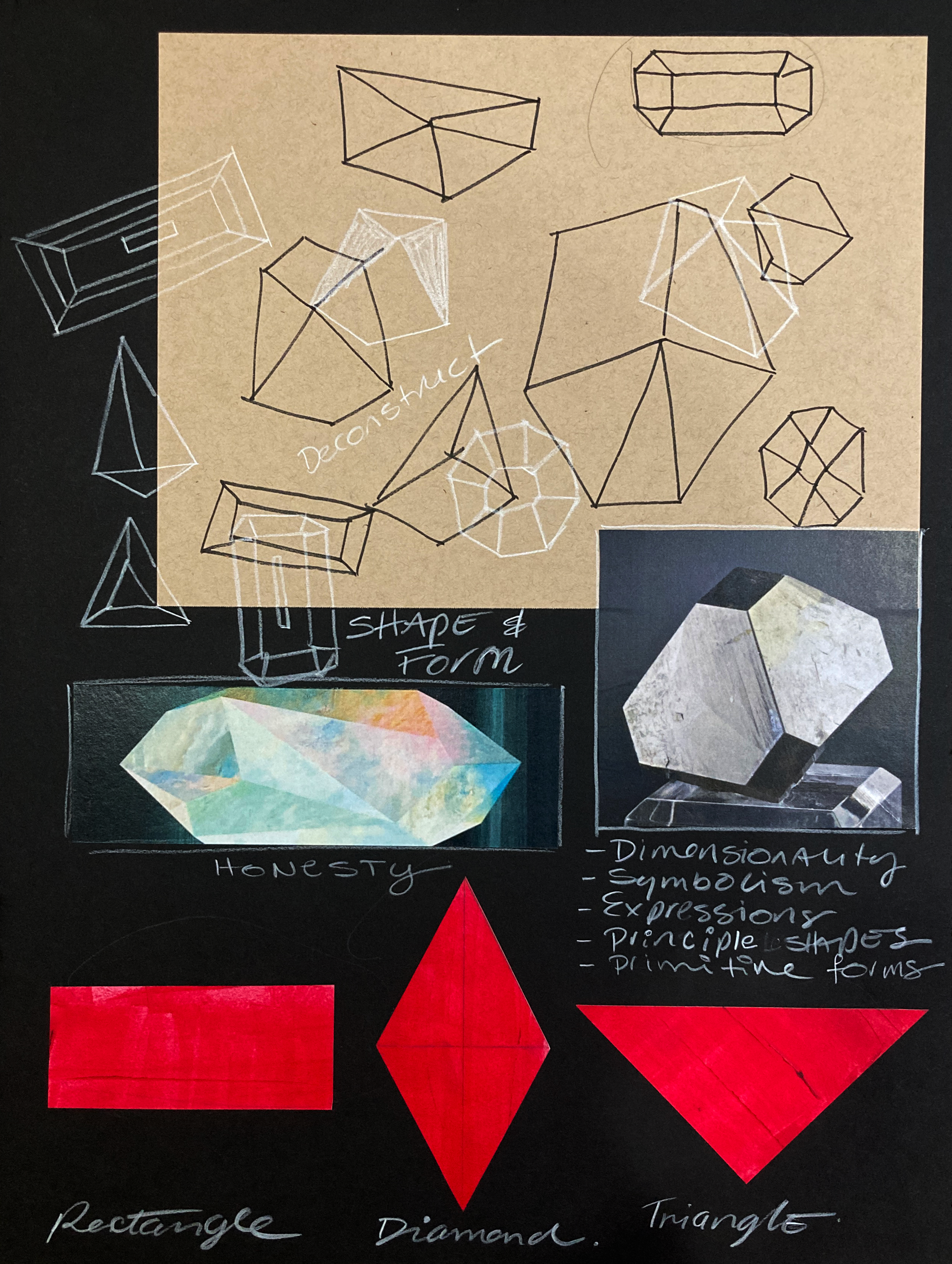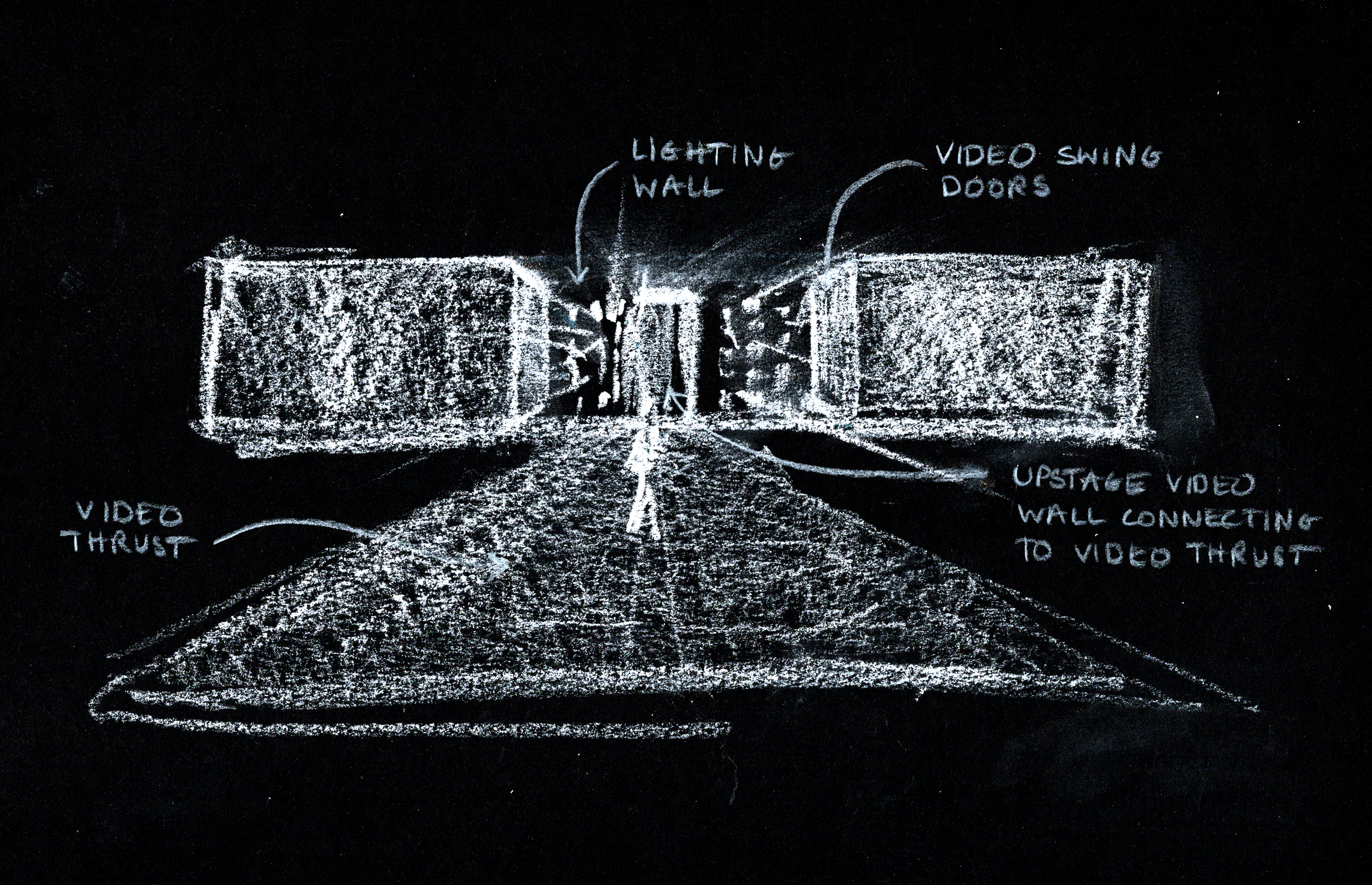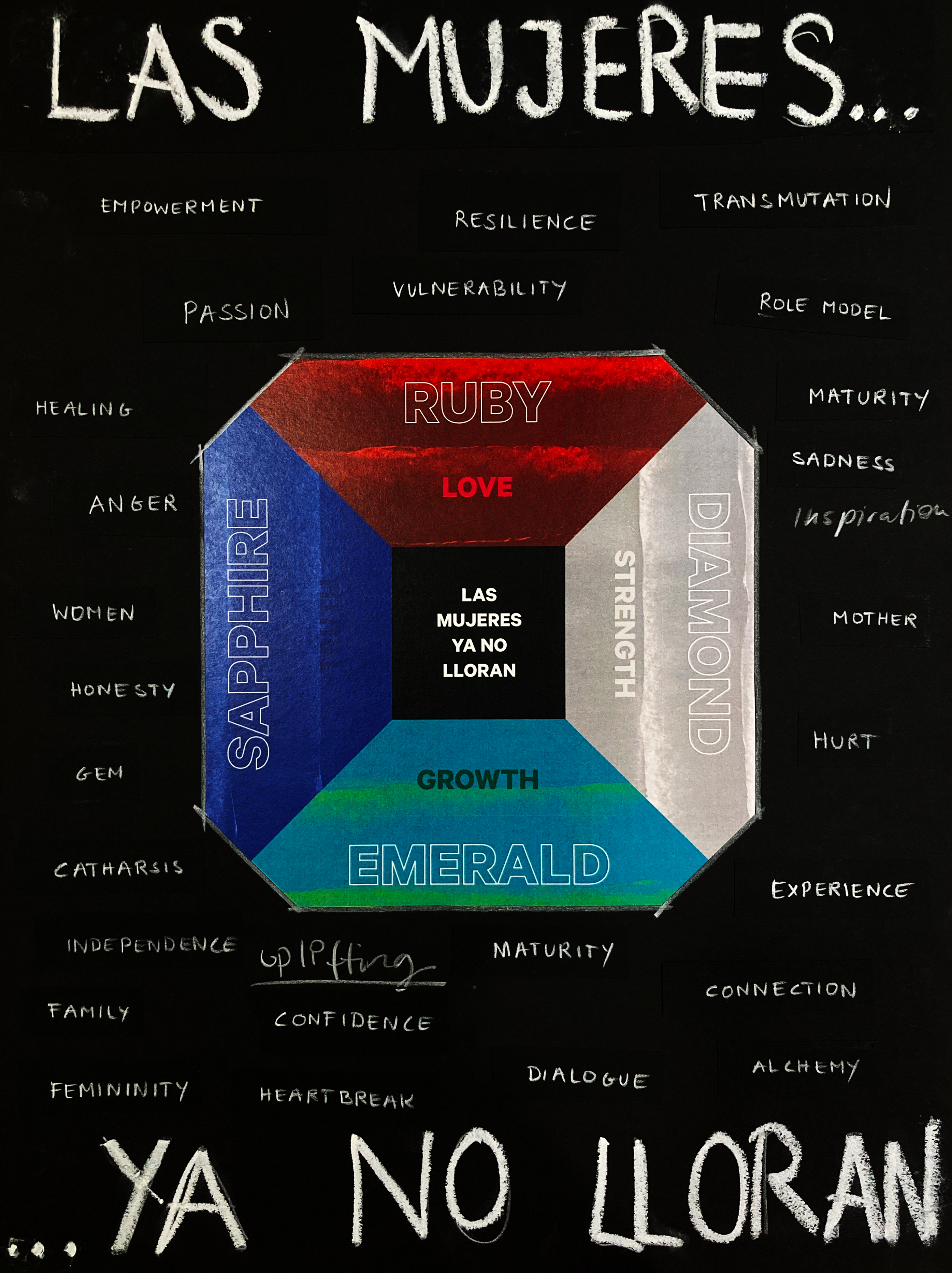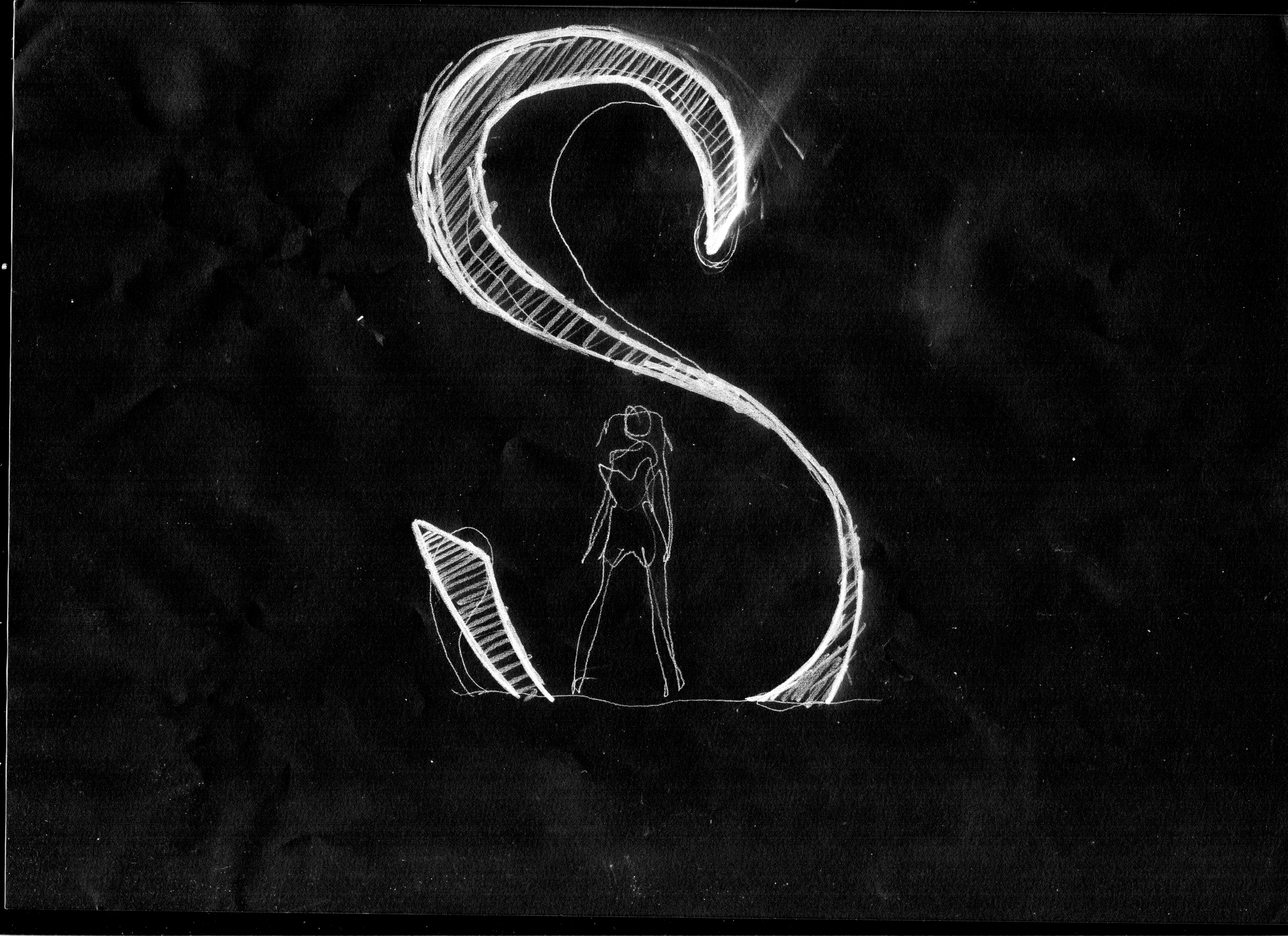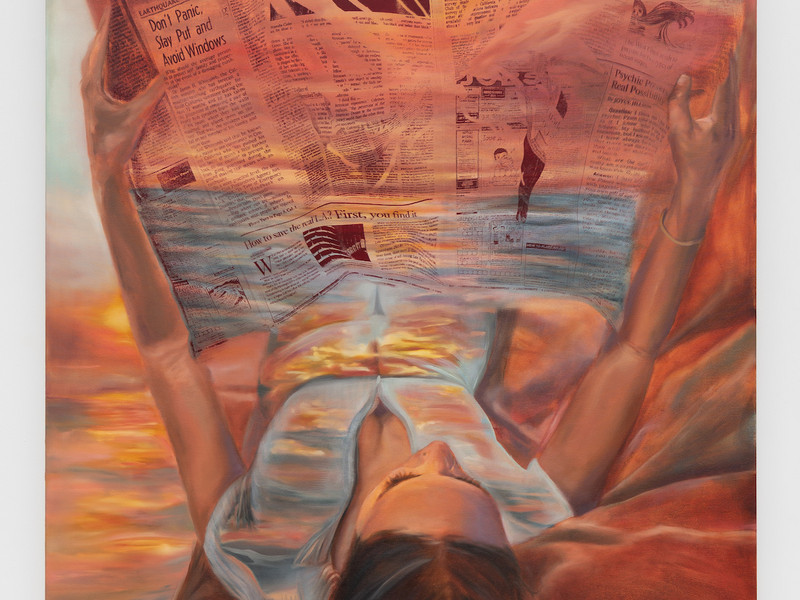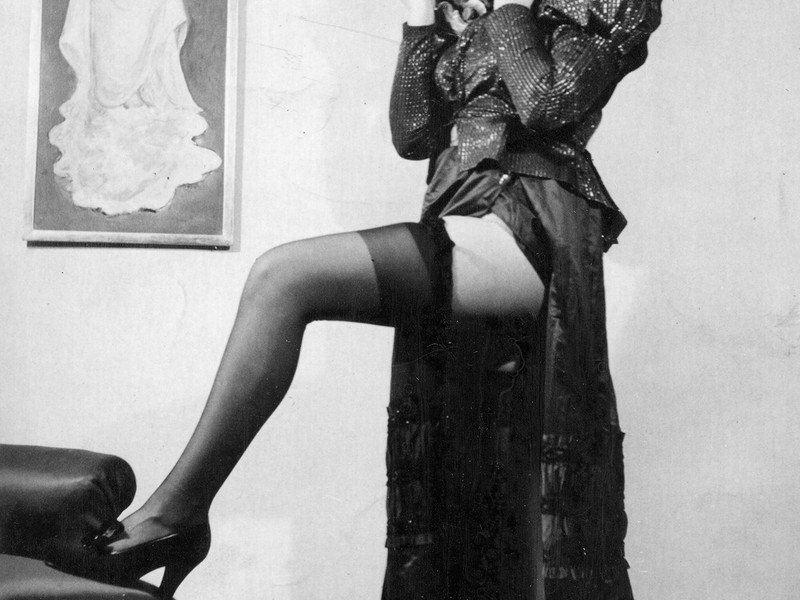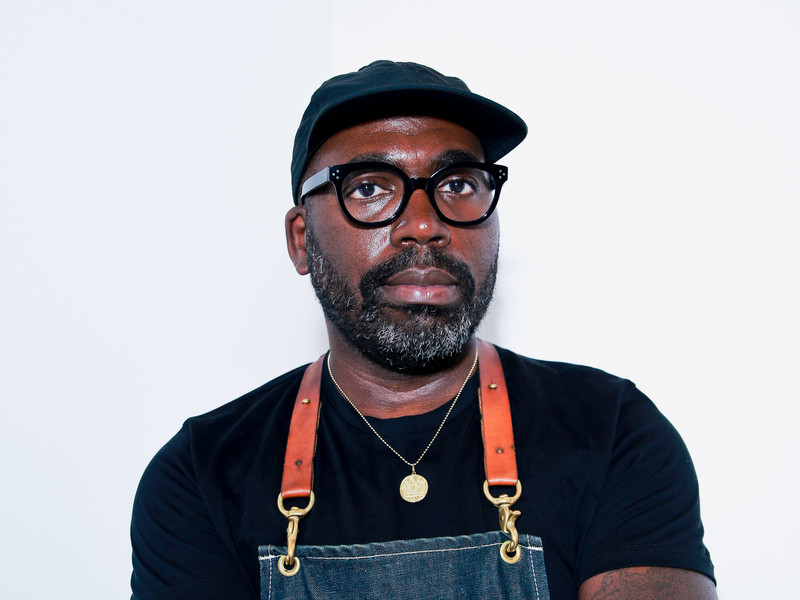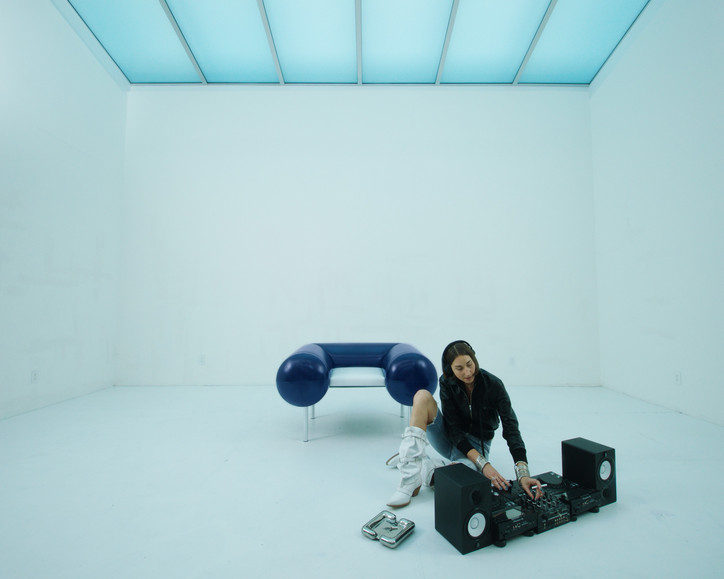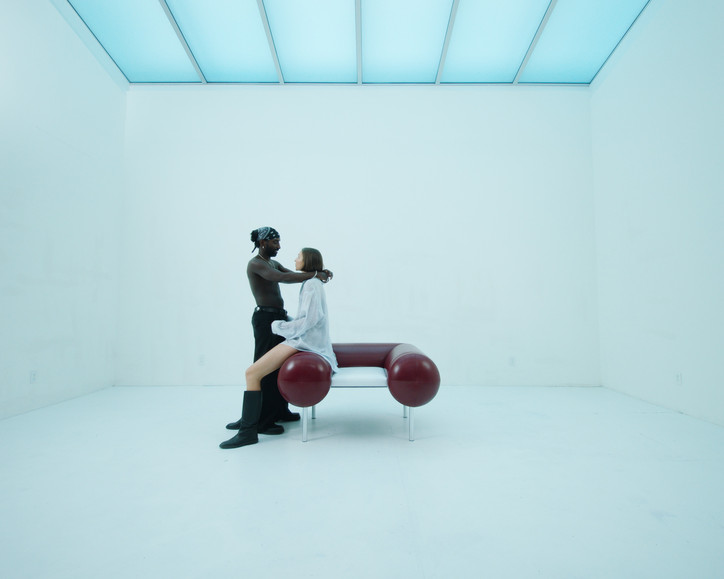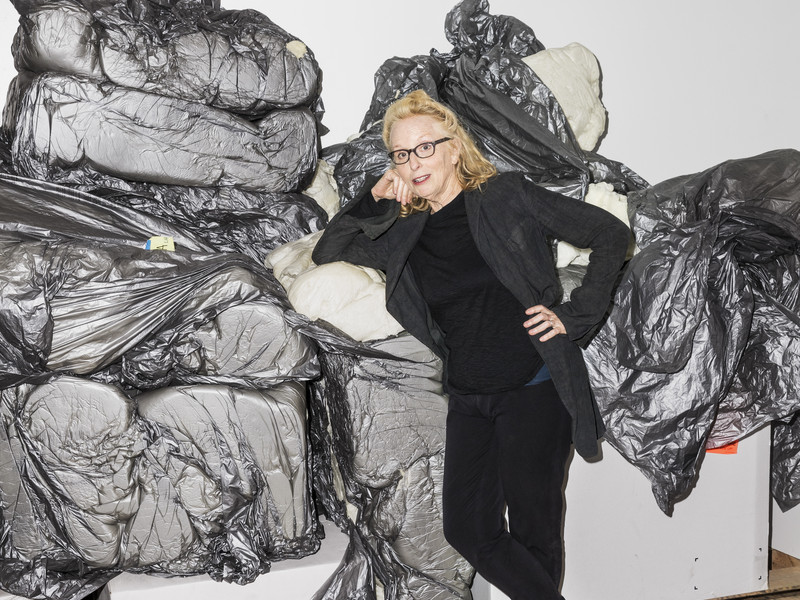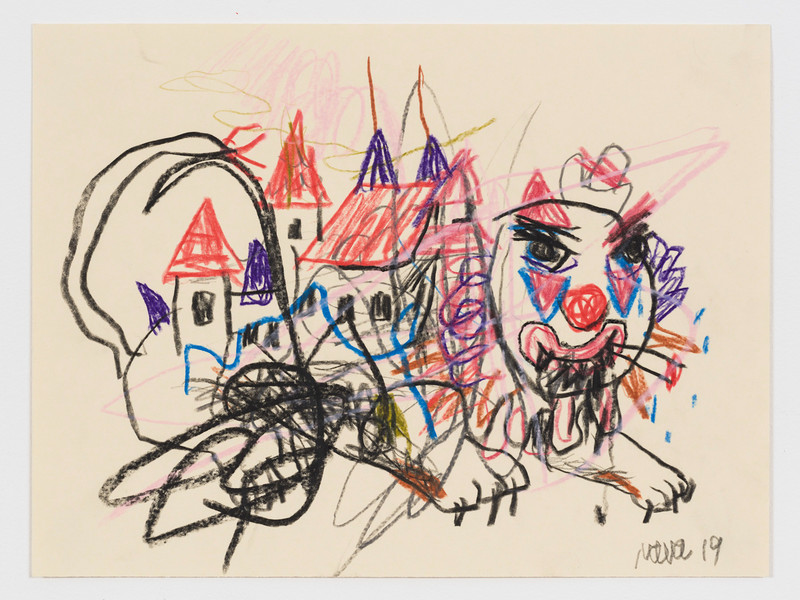Daria Plesen is Breaking the Mold
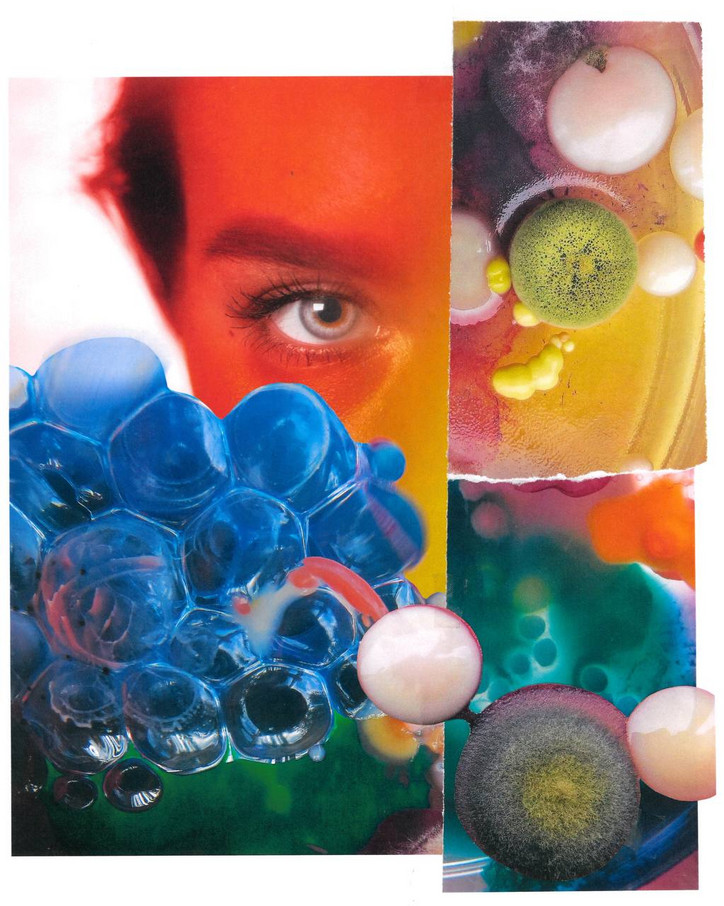
Plesen documents her life without words, using spore samples and nutrient blends to do the speaking for her. Under Plesen’s careful, but never controlling hand, spores grow into complex and colorful masterpieces, which she photographs using Canon Powershot, iPhone, or oculars from medical microscopes. Immortalizing the greatest expression of each organism’s life, before its rapid decomposition—Plesen’s creations become a microcosm for moments in her own life and growth.
Still emerging in the field of bio-art, Plesen creates conceptual pieces in addition to her ongoing catalog of mold masterpieces. Looking to expand her repertoire, and toy with her relationship with time, Plesen hopes to cross over to fashion and product design with dream partners to explore the relationship of living organisms on the living body.
Learn more about Plesen’s growth in the interview below.
How did you get into such a unique form of art?
From my early childhood, I was dreaming about medicine and all kinds of sciences. I was really into surgical operations and body-related things. My grandmother was an ophthalmologist, so she did operations on eyes, and I read a lot of her books and encyclopedias when I was a child. I think that this passion brings me to this area. I visited the British High School of Art and Design and understood that that place was the place where I should be. So when I was in a foundation course, we were asked a question— to think about how we could manage our art practice and what to do next. I was just sitting at my table relaxing and kind of meditating. I had this realization, I just accidentally got it from somewhere from above.
It's very esoteric, but when you're relaxing and letting your mind float and understanding the moment, then all of your questions turn into answers. Those days, I was thinking about microbiological mapping. So I was interested in seeing things that occur during the day, starting in the early morning. For example, I get up, I touch my phone, the toilet, things in the kitchen—I was interested in this cyclicality of daily things and daily life. It's all about the living processes involved in these things. Is something decomposing as an end? Or is decomposing the beginning? This is one of the most important questions I am trying to answer, in a battle with an artificial world and fake things when you don't know what you're looking at. Like, maybe all my art is in Photoshop. This illusion is very powerful.
So what’s your relationship between the artificial and organic, as someone whose work is to manufacture living entities to look a certain way?
We talked about how I used to dream of all different fields of science. I learned a lot about different projects involving genetically modified people, and so on. I began dreaming that all these dishes—they're like humans. I mean, I work with them as with people, to be honest, and I treat them like my friends. And I talk to them. It sounds very extraordinary, but it's true. Because I feel this kind of love for how they grow and how they appear. I'm very upset when I understand that they are starting to die, and I need to capture them as fast as I can because they change every minute. So I have kind of a golden time period. It depends on timing and on visuals. The dish should have a transparent part— like clear agar— contrast colors, different textures, and different periods of spore-making. When it's ready to give spores, it starts to become more black. So when I look at a dish, I am already envisioning this in my head and thinking 'This is the image I want to capture.' Two hours or three hours later, this composition will change. It will change the day after. I would draw a parallel with human growth.
How does your growth mirror the growth of your organisms?
It's very connected with my psychological state. For example, I'm into transcendental meditation therapy. So when I'm in an angry state, I see all these dishes and think 'What the fuck am I doing? This is ugly; this is the wrong composition and I don't like it.' But returning to my good state, and then opening this dish, I don't see it as being as bad. It is like communicating with people when you're in an angry state—you just can't communicate effectively.
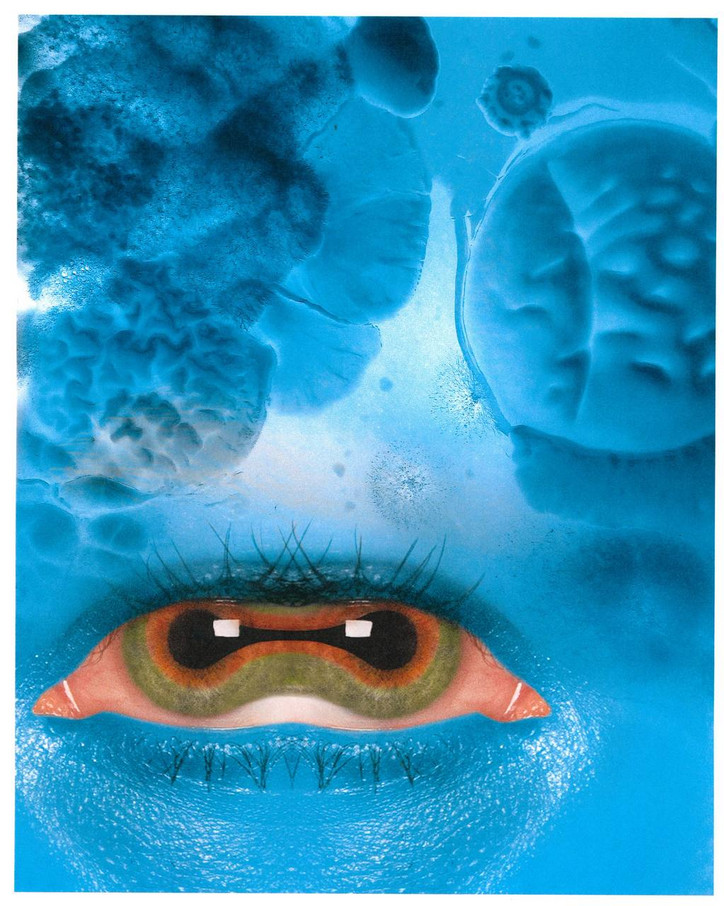
How do you communicate through your work?
I have a lot of secret messages inside my works. I work with my art as if each organism is a person and I see the world with colors, auras, vibrations, and emotions. This is how I can visualize the things that we cannot see. I try to engrave into my work a certain essence or feelings. And somehow, people feel this vibe. Maybe through their third eye. I mean, there are a lot of things that science can't explain.
Do you feel more aligned with the artistic or scientific practice of your work?
I want to keep it within this art field. Yes, it's a microbiological practice. But it's a remade version of this activity. This is satiric rethinking of old masters, like old oil paintings, and Renaissance art. Because I look at those images and all these textures and colors, and I see the drama, and romance, and heaviness. So for me, it's a real study. Also, the thing is that we know that all these old oil paintings, they could be stored forever, and they are restored. This is like another version of doing art. It can't be replicated. It can't be repeated. Because it's dying. It's like a memory. You can't physically return to days or moments, but you have photographs and these are the only things you can use when you want to return to those emotions and those feelings.
The feeling of love – what colors, what textures does that conjure for you?
It's yellow-ish and pink-ish. A bit of dark spores and dark green and light green, as well as a bit of blue gradient. And it's in a square crop.
When it's in a circle, it's limited and I understand it. And when it's in a square, we can make the audience confused. Maybe something more is going on. When you see borders, there is an end. And when you see no borders, you can imagine that there is no end.

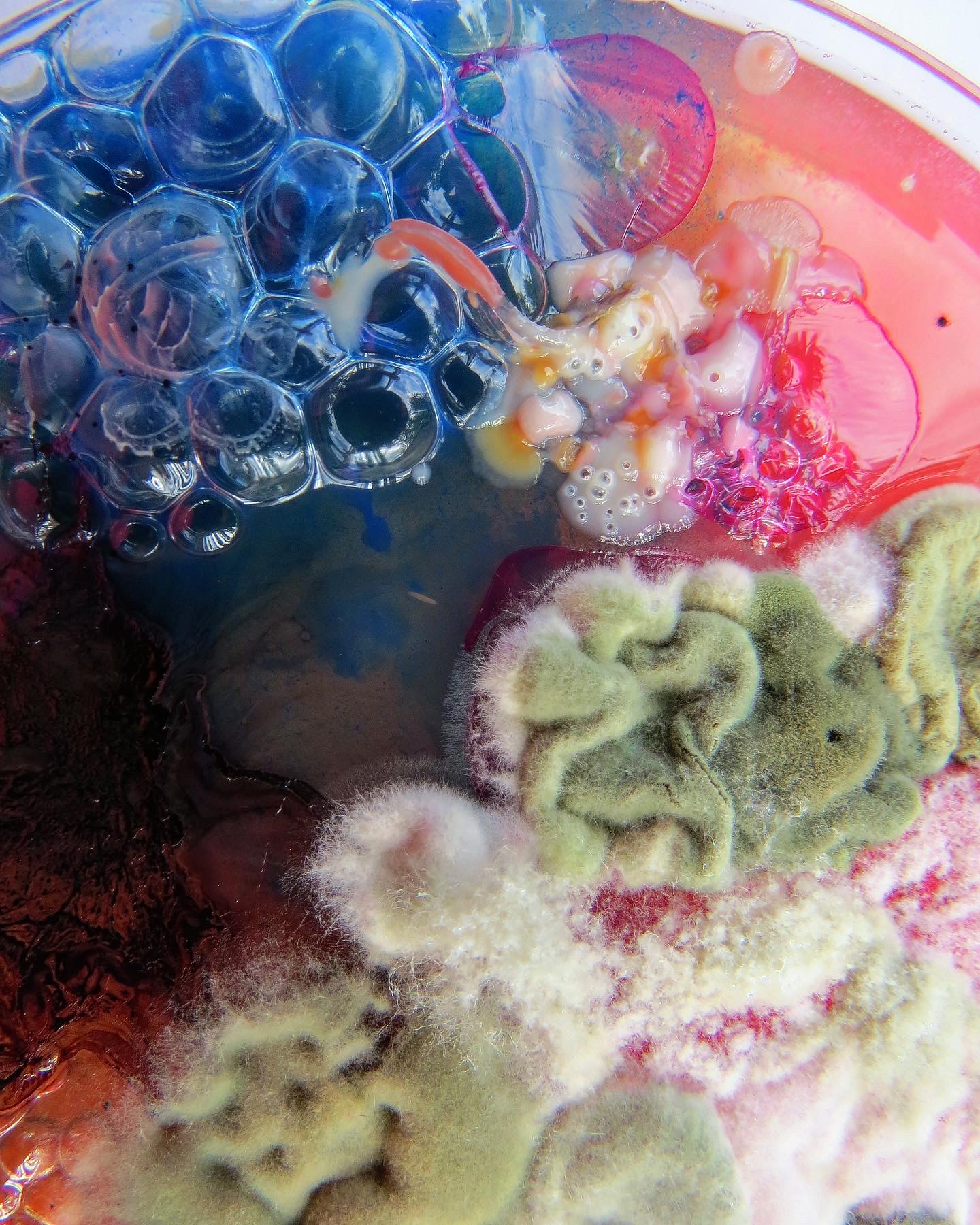
What have you come to understand about yourself through your work?
I've learned that there are no things which can't be fixed. I'm very emotional. And I'm very flexible. And I'm very fragile. And I'm very active, and at the same time, passive. The most important thing I've learned is that I can love things. I can love everything with all my heart. And I can create art with my heart.
Are there any feelings or sentiments you hope people come to understand through your work?
We are all trying to wear different roles and masks. You're contacting with some people and you're taking little particles from that. You're walking around and collecting these things. This is why we need to be different, to collect all these things. There's this phrase I really like: 'We are different and that is our power.'

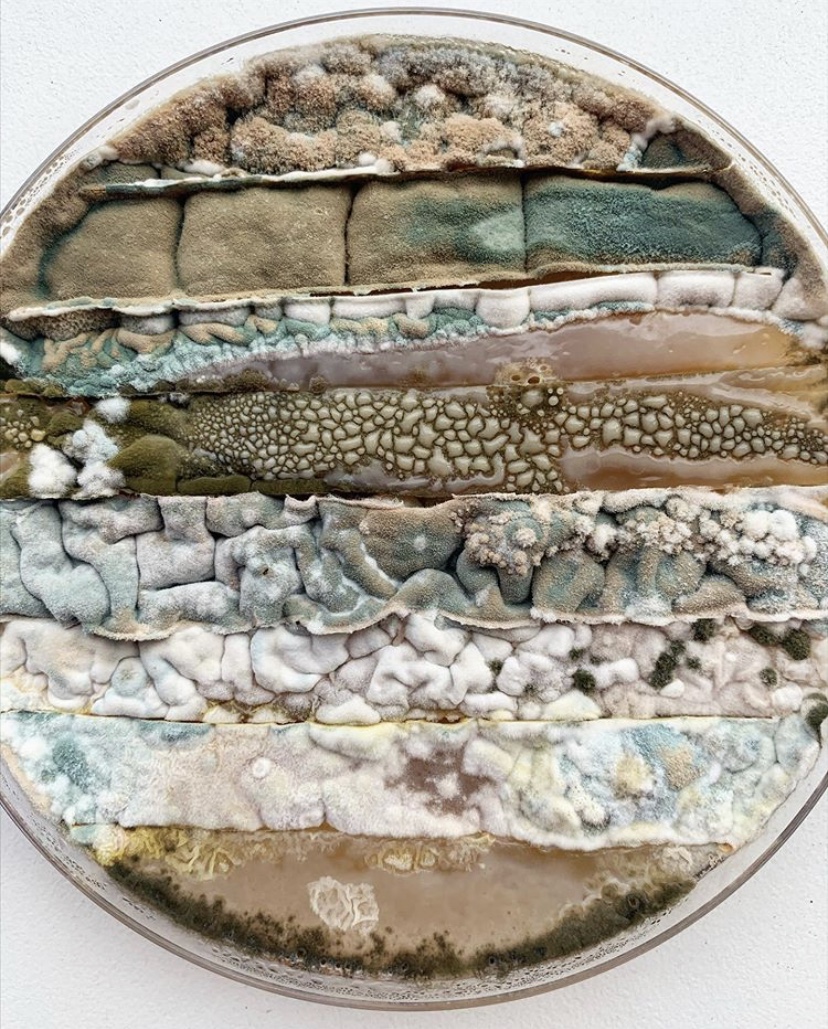
How do you collect your different spores and nutrients?
Sometimes it's manmade, sometimes it's already made. And spores are just from everywhere. I mean, from the air and from the body. I can take a dish and dance with it, and while I'm moving, all the spores, they will glue onto this dish, and it will be the visual representation of my dancing. And this can create a moment in time, and condition of humidity, and amount of the spores in the air. And if I open the window, this composition of spores will change because the air will flow and bring more spores. It's a big philosophy.
Do you feel like the pandemic has altered your work, in terms of recognizing the bacteria and particles in the air?
Actually, the microbiome has changed from when I was collecting samples from the air, for example, four years ago. Now, the only thing I can see is black mold, and I have no idea why. Four years ago, it was more variable. If I left my dish near an open window, there would be 10 different species. If I leave it now, it will be just two or three. So the variety of this difference is another concern affecting my work.


